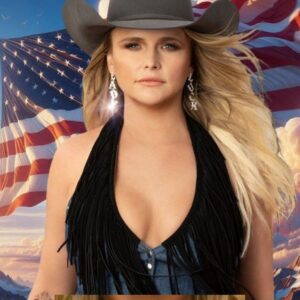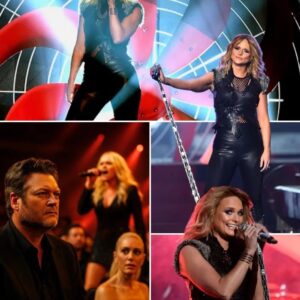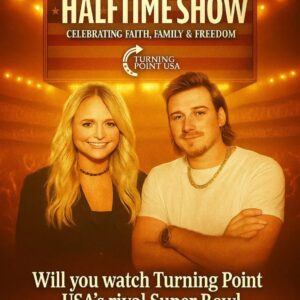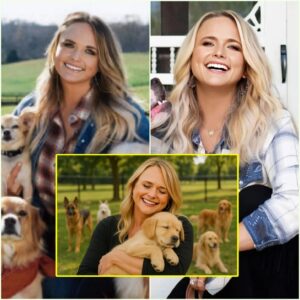
“The Last Harmony” — When Neil Diamond Brought Paul Simon & Art Garfunkel Back Together for One More Song
It wasn’t just a concert. It was a reckoning, a reunion, and perhaps the most fragile yet powerful harmony New York had heard in decades.
On a spring night in Central Park, history quietly repeated itself. Not the bombastic reunion of 1981 that drew half a million souls, but something more intimate, more fragile. Three legends, three voices that had once defined what America sounded like, sharing the stage as if for the last time.

At the center was Neil Diamond. Wheeled out in a chair, his body slowed by Parkinson’s, but his spirit burning with the same fire that had carried Sweet Caroline into stadiums and America into hearts. The crowd fell silent as he was rolled toward the microphone. Paul Simon and Art Garfunkel stood waiting, side by side — men who had themselves known the weight of time, of ego, of silence between friends.
For decades, Simon & Garfunkel had been the story of beauty and fracture. They had given the world The Sound of Silence, Bridge Over Troubled Water, and yet their friendship had unraveled, leaving only rare reunions — fleeting glimpses of what once was. Central Park in 1981. A handful of tours. Then silence again. Always silence.
That’s why this night mattered. It was Neil who had pulled them back together.

Paul Simon leaned into the mic first, his voice gravelly with age and truth:
Art Garfunkel nodded, his silver hair glowing under the lights. His voice cracked as he turned to Neil:
The crowd erupted, clapping through tears. Some had come to see legends. They were now watching reconciliation.
And then the music began.
:max_bytes(150000):strip_icc():focal(722x176:724x178)/Paul-Simon-Art-Garfunkel-performing-022824-1-9db909480e37400c8f8ffabfdd681e3b.jpg)
Neil’s trembling voice carried the opening lines of America. Fragile, yes, but it carried the weight of millions. Paul’s guitar chimed in, steadying him, while Art’s tenor wrapped itself around Neil’s cracked baritone like a hand guiding a brother home. Halfway through, the chords bent, and seamlessly the three of them slid into Bridge Over Troubled Water.
It was no longer two songs. It was a hymn stitched together by three old friends who had lived long enough to know that nothing lasts forever — except the echoes of music.
The audience stood in stunned reverence. Strangers embraced. Veterans saluted. Children stared wide-eyed at parents who whispered: “You’ll never see this again.”
By the final chorus, the stage lights glowed red, white, and blue. And when the music stopped, Simon bent down to Neil’s chair, pressing a hand to his shoulder:
Art Garfunkel wiped his eyes, and Neil, voice shaking but steady, whispered into his mic: “It’s all about love. Always was.”
The ovation lasted ten minutes. Not just for the songs. Not just for the legends. But for the rarest of gifts — a night when broken voices found harmony again, because one man refused to stop singing, even from a wheelchair.
In the end, it wasn’t just a performance. It was a prayer. A farewell. A reminder that music can heal friendships, heal nations, and heal the silence between us.
And they called it — The Last Harmony.





